Name Luis Blanco | Preceded by Francisco Franco | |
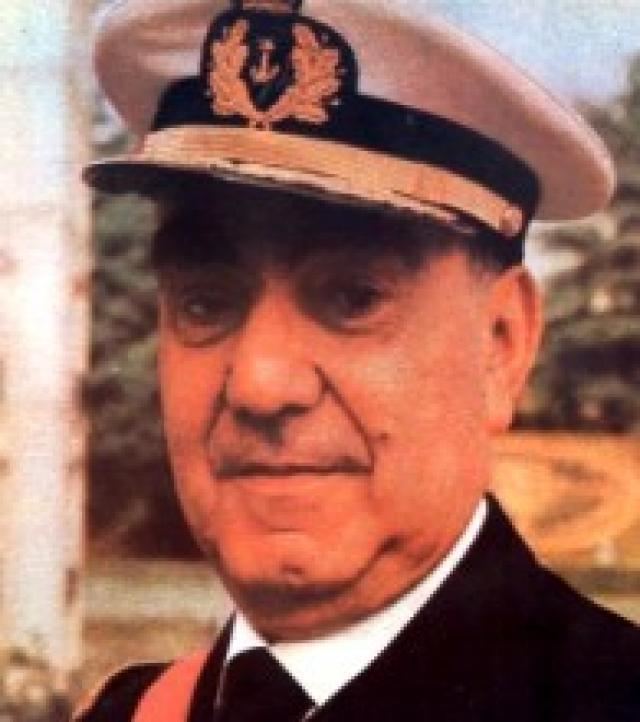 | ||
Vice President Torcuato Fernandez-Miranda Succeeded by Torcuato Fernandez-Miranda Spouse Carmen Pichot (m. 1929–1973) Party Spanish Falange of the JONS Children Don Jose Enrique Carrero-Blanco y Pichot Similar People Francisco Franco, Jose Miguel Benaran, Carlos Arias Navarro, Jose Antonio Primo de, Felipe Gonzalez | ||
Preceded by Agustin Munoz Grandes | ||
Synd 21 12 73 funeral of president of spain luis carrero blanco in madrid
Luis Carrero Blanco, 1st Duke of Carrero Blanco, Grande of Spain (4 March 1904 – 20 December 1973) was an admiral and leading Spanish politician in the extreme-right wing dictatorship, and long-time confidant of dictator Francisco Franco. He was assassinated by members of the separatist terrorist group ETA on 20 December 1973.
Contents
- Synd 21 12 73 funeral of president of spain luis carrero blanco in madrid
- Synd 20 12 74 a memorial to luis carrero blanco is unveiled in madrid
- Biography
- Assassination
- Reprisal
- References
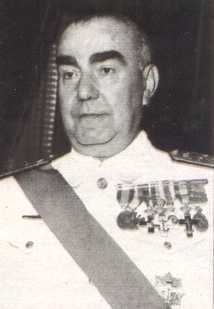
Synd 20 12 74 a memorial to luis carrero blanco is unveiled in madrid
Biography

Luis Carrero Blanco was born on 4 March 1904 in Santoña, Cantabria. He entered the Escuela Naval Militar, the Spanish naval academy, in 1918 at the age of 14 and participated in the Rif War of 1924–1926.

In 1929 he married María del Carmen Pichot y Villa (d.1984), with whom he had five children.

In July 1936, when the Spanish Civil War erupted, Carrero Blanco found himself behind the coalescing Republican line. Taking refuge in the embassy of Mexico and later that of France, he was able to sneak across the front and reach the Nationalist side in June 1937. Carrero Blanco then served in the Nationalist navy. After the Nationalist victory and subsequent installation of Generalísimo Francisco Franco as military dictator (Caudillo) of Spain, Carrero Blanco became one of his closest collaborators as well as chief of naval operations. He was said to be in opposition to Spain entering World War II on the side of the Axis powers, a notably different political position compared to some other Falangists. Carrero Blanco himself was a monarchist. Devoted to the Roman Catholic Church, he was close to Opus Dei. In 1951 he was closely involved in the production of the film Dawn of America, a patriotic work portraying Christopher Columbus' discovery of the Americas. Carrero worked on the screenplay of the film which received strong support from the Francoist regime because of its nationalist theme.
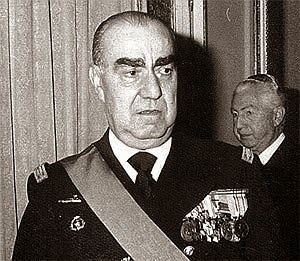
With the infusion of American capital in the 1950s, the Franco regime's Falangist policies were liberalized, without relaxing authoritarian control. The Falange syndicalists resisted the economic opening of the regime to capitalistic influences, while the technocrats of Opus Dei "de-emphasized the role of the syndicates and favored increased competition as a means of achieving rapid economic growth. The technocrats prevailed, and members of Opus Dei assumed significant posts in Franco's 1957 cabinet" (U.S. Library of Congress). Carrero Blanco, without explicitly supporting political liberalization, aspired to economic integration with European markets. Carrero Blanco became a minister in Franco's regime in 1957.
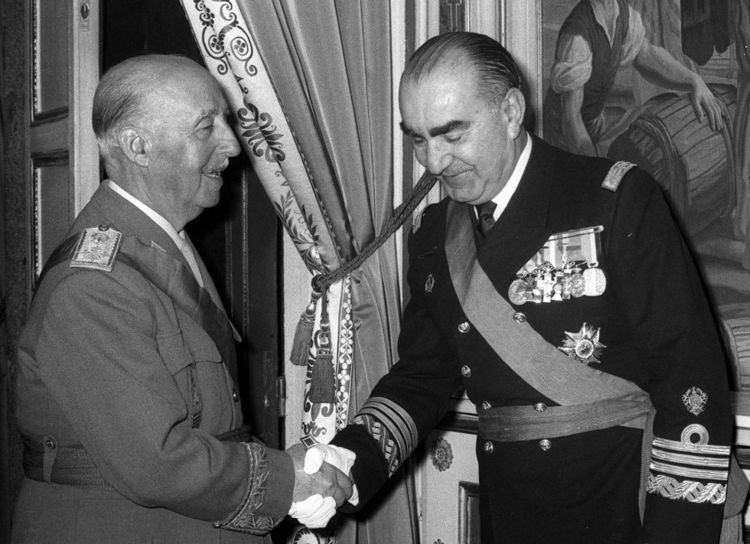
Carrero Blanco was made vice-admiral (1963) and admiral in 1966; he held the post of vice-president of the state council from 1967 to 1973.
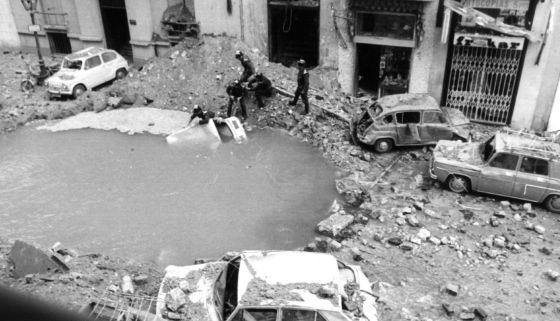
His political career reached its zenith on 8 June 1973 upon being named the Prime Minister of Spain and made a top deputy to Franco. It seemed as though it was only a matter of time before he would succeed the ailing dictator.
Assassination
Six months after being named prime minister, Carrero Blanco was assassinated on 20 December 1973 in Madrid by four Basque members of ETA, who carried out a bombing near the San Francisco de Borja church in the calle de Serrano while he returned from Mass in a Dodge 3700.
In a collective interview justifying the attack, the ETA bombers said:
"The execution in itself had an order and some clear objectives. From the beginning of 1951 Carrero Blanco practically occupied the government headquarters in the regime. Carrero Blanco symbolized better than anyone else the figure of "pure Francoism" and without totally linking himself to any of the Francoist tendencies, he covertly attempted to push Opus Dei into power. A man without scruples conscientiously mounted his own State within the State: he created a network of informers within the Ministries, in the Army, in the Falange, and also in Opus Dei. His police managed to put themselves into all the Francoist apparatus. Thus he made himself the key element of the system and a fundamental piece of the oligarchy's political game. On the other hand, he came to be irreplaceable for his experience and capacity to manoeuvre and because nobody managed as he did to maintain the internal equilibrium of Francoism." —Julen Agirre, Operation Ogro: The Execution of Admiral Luis Carrero BlancoIn his first speech to the Cortes on 12 February 1974, Carrero Blanco's successor as prime minister Carlos Arias Navarro, promised liberalizing reforms including the right to form political associations. Though he was denounced by hardliners within the regime, the transition had begun.
Reprisal
One of the members of the ETA cell who had assassinated Carrero Blanco was himself assassinated by a car bomb in the south of France on 21 December 1978 by a Spanish right wing group organized from inside the Navy (including one member of the CESID secret service, another one of the Servicio de Inteligencia Naval and the other belonging to the Alto Estado Mayor), which received assistance from former OAS member Jean-Pierre Cherid, former Triple A Argentine member José María Boccardo and Italian neofascist Mario Ricci, member of Avanguardia Nazionale.
Argala, as the ETA member was known, was the only one who could identify the mysterious man who handed up to ETA Carrero Blanco's schedule and itinerary. According to Leonidas, a former member of the Spanish Army who participated in the bombing against Argala, "The explosives came from a US base. I don't remember with exactitude if it was from Torrejón or Rota, but I do know that the Americans did not know what they would be used for. It was a personal favor they made to Pedro el Marino" (aka Pedro Martínez) who provided the explosives. Argala's assassination was claimed by the Batallón Vasco Español (BVE). However, according to Leonidas, "BVE, ATE (Anti-Terrorismo ETA) or "Triple A" are only labels of convenience used by the same group.
